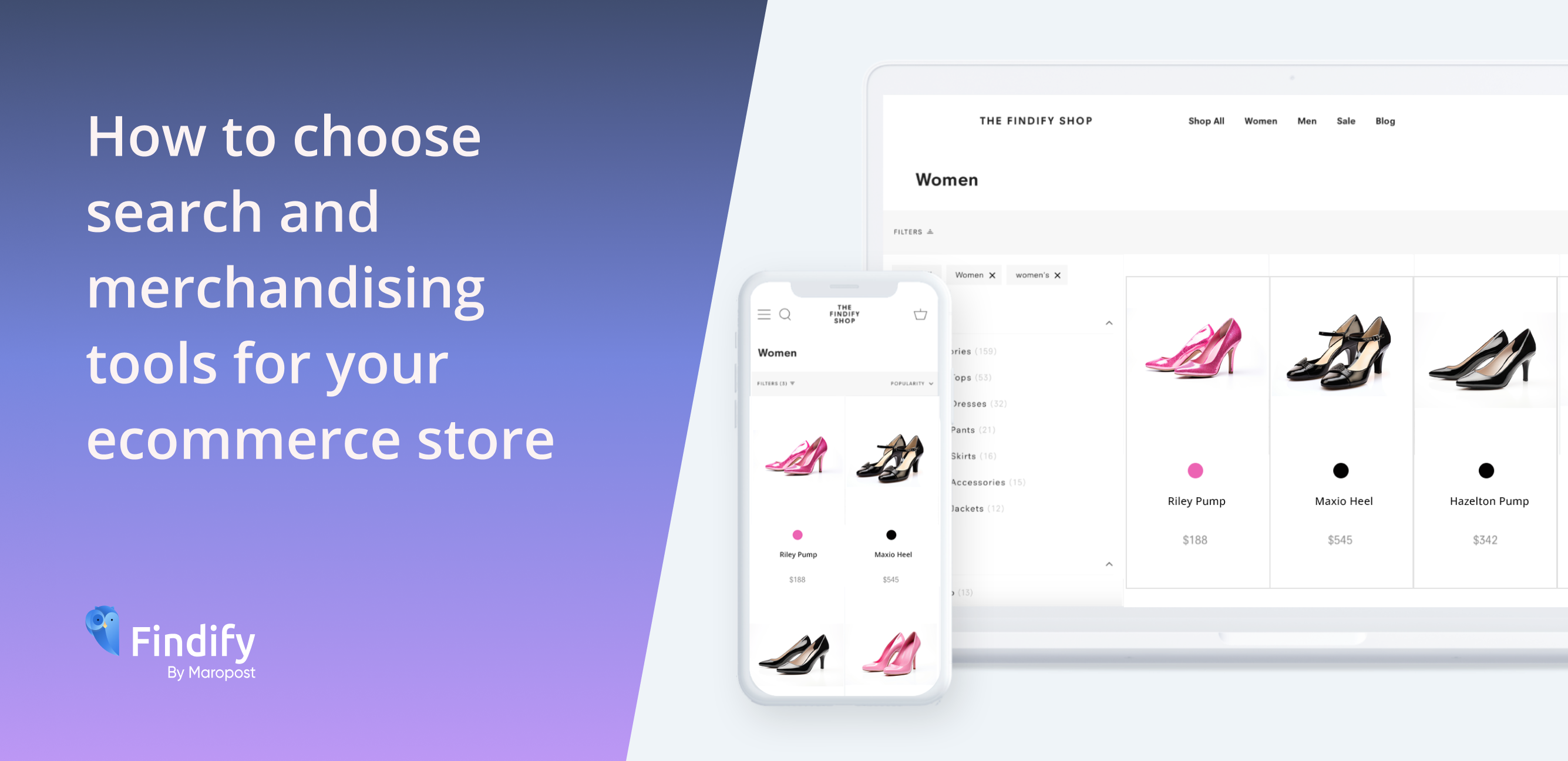The recent release of Shopify’s highly anticipated Online Store 2.0 sees the popular ecommerce platform place a greater emphasis on using metafields as a way to more cleanly and accurately handle product data.
Thanks to the updated capabilities of Online Store 2.0, metafields are now widely exposed in the Shopify dashboard without the need to go through third party solutions to manage them.
This means merchants using the Shopify platform will benefit from greatly simplified management in terms of realizing changes to their metafields data.
What are Metafields?
Metafields are data sets that can be attached to products, customers, orders, and other objects in the Shopify universe. They enable you to customize the functionality and appearance of your Shopify store by letting you save specialized information that isn’t usually captured in the Shopify admin.
You can, for example, use metafields for internal tracking, or to display specialized information on your online store in a variety of ways.
A new section within the Shopify dashboard allows for the management of metafields.
Metafields Batch Sync
Going forward, Findify clients will now benefit from greatly reduced sync times thanks to the new Metafields Batch Sync feature.
Previously, there was a requirement to download each metafield separately – all while operating within the Shopify limitation of two requests per second. The more metafields being used by a store, the longer this synchronization took to complete.
Now, however, the new metafields batch sync functionality has made the process substantially quicker.
Changes to Metafields ‘save time’ and ‘increase control’
Our partners at top US web development agency Zehner praised the recent improvements to working with metafields within Shopify.
“Metafields in the admin is a huge time saver for merchants,” explained Zehner Chief Design Officer Mick McCarthy.
“This offers more control to the merchant to make those granular changes they’d often have to outsource, giving them the ability to customize their storefronts and scale content quicker than ever before.”
Findify CCO, Joakim Amadeus Olsson, agreed with this sentiment.
“We were delighted to see Shopify place a greater focus on metafields. Here at Findify we have been singing about the usefulness of metafields for a long time – in terms of precision, performance, and ease of management – and we have always preferred working with metafields,” added Mr Olsson.
“There are endless opportunities to enrich data using metafields. While tags have proven useful for smaller merchants, it has proven to be an inefficient and imprecise system of managing large data sets.”
Mr Olsson highlighted that while Findify always offered clients the possibility to utilize metafields in, for example, filters, grid data, merchandising rules etc, the sync process took longer than was ideal due to Shopify’s limitations.
“We have clients today utilizing 784 different metafields in combination with 300,000 SKUs – which is a large and complex set of data. Syncing changes made to this data is now quicker than ever with the new bulk sync API method,” he said.
“However we also have something in the works which will make the syncing of data – all data, not just metafields – even faster than it currently is. But more news about that will be released in the new year.”
For more information on Findify’s powerful ecommerce tools, including personalization software and solutions such as Personalized Search, Smart Collections, and Recommendations, book a demo here.
To read more about Shopify’s new metafields capabilities, click here. To read more Findify and Shopify, click here.






